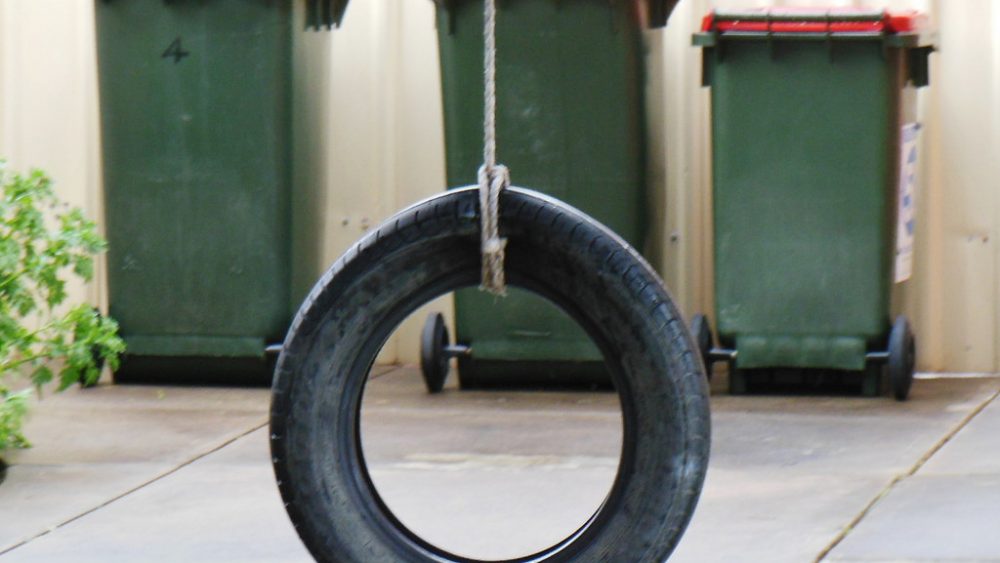There’s a melee in the playground, as the different types of non-government schools tussle over federal government support of the independent sector. Meanwhile, the government schools, mostly funded by the states, look on from the sidelines.
The Australian Association of Christian Schools, representing the low-fee schools, entered the fray this week, saying the federal government with its new “sector-blind” funding has got it right. This was a counter-punch to last week’s Longman by-election campaign, during which some Catholic schools had sent a letter home to parents criticising the Coalition policy. Subsequently, the Longman by-election saw the Coalition primary vote fall to 29.7 per cent.
After a poor election result, the tactic of sending a letter home to Longman school parents may well result in more funds to Catholic schools.
The federal government is trying to fix a very broken funding system left over from the scramble by the last Rudd government’s signing up states and school systems to bring in the Gonski reforms. This means that school resourcing varies between states and systems with a few schools overfunded.
The government is trying to impose even standards, and to fund individual schools rather than networks. That is where it has run into trouble with the Catholics, who did some very good deals with the Labor government. In addition, because the Catholic school networks have received block grants, they have been able to set some school fees lower than a school-by-school system would provide.
The Australian reported this week that “a deal to restore a funding shortfall of up to $1.7 billion for Catholic schools over the next decade is expected to be reached within weeks, with the Prime Minister facing calls by senior ministers to intervene after the Coalition’s by-election loss in Longman.”
After a poor election result, the tactic of sending a letter home to Longman school parents may well result in more funds to Catholic schools.
The Protestant low-fee schools counter-punched with a letter to the Prime Minister Malcolm Turnbull, warning against special deals. “We welcome transitional funding that will help schools adjust to the new model, but strongly recommend that these do not become ongoing commitments to special arrangements for individual schools or sectors” their letter reads as reported by Fairfax.
“A transparent, sector-blind approach to funding has the potential to bring to a close the long-term politicised debates over school funding. We urge you to continue on this path.”
A second round of the melee may develop as the federal government looks at a further reform of independent school funding.
The low-fee schools represented by the Australian Association of Christian Schools (AACS) are funded school by school, and can’t take advantage of moving government money around. AACS schools include Christian Educational national and the Pacific Hills group of schools.
A second round of the melee may develop as the federal government looks at a further reform of independent school funding. The current system is called SES (Socio Economic Status) and measures each school community’s socioeconomic status by census district. A good example of the flaws in the system is the case of a student attending an elite school, from a rural district that includes very poor and relatively well -off people. Basing the school’s funding on the average socioeconomic status of the town where the student comes from effectively means the poorer inhabitants ensure lower fees for the rich(er) kid that goes off to an elite boarding school.
One suggestion is that parents’ tax files be used to calculate their socioeconomic status. This is likely to generate a new phase in the inter-school boxing match, as once again there will be winners and losers. The Gonski tactic of increasing the funds overall to avoid these conflicts was left behind in the 2013 election.
Email This Story
Why not send this to a friend?



